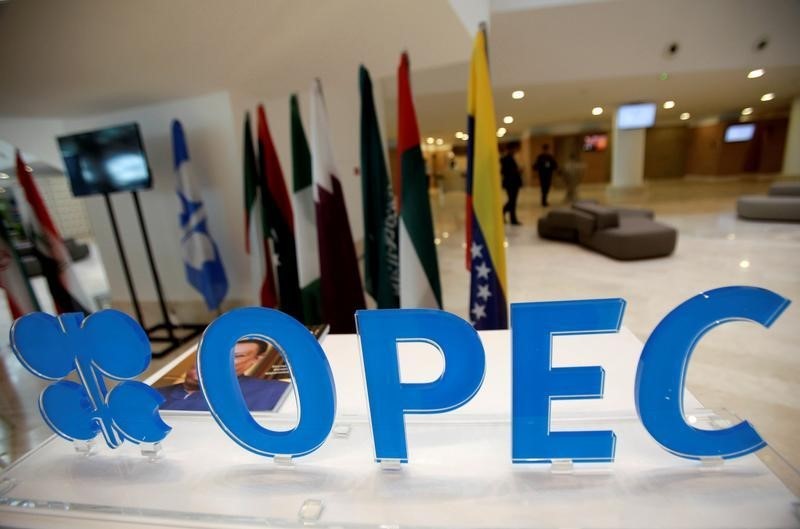(Bloomberg) -- Oil prices tracked higher in Asia, drawing support from the commitment by the biggest producers to curb output even as doubts remain as to whether the cuts will be enough to offset the demand destruction caused by Covid-19.
Futures in New York rose 1.8%, after easing 1.5% on Monday. The OPEC+ alliance agreement to slash production by 9.7 million barrels a day starting in May amounts to the largest coordinated cut in history, but is still dwarfed by the estimated 20 million barrels a day or greater decline in oil consumption as a result of the pandemic.
Saudi Arabia is ready to cut production further if needed when the OPEC+ alliance meets again in June, Prince Abdulaziz bin Salman, the energy minister, told reporters on a conference call on Monday. U.S. President Donald Trump said in a tweet on Monday that the cut would be closer to 20 million barrels per day, without getting into specifics.
Read More: Trump’s Oil Deal: The Inside Story of How a Price War Ended
The cuts agreed so far are not enough to bring back healtthier price levels, analysts at Rystad Energy said in a note.
“After weeks of volatility, the market is now reacting with more caution to speculation and waits for concrete agreements to risk hiking prices to different levels,” they said. “If, however, indications that the G20 will join in with more cuts of up to an additional 10 million barrels per day prove true and take an official character, then we can expect a relative price recovery.”
Saudi Aramco (SE:2222) reduced pricing for all its grades to Asia, signaling the state company’s intention to defend sales in its biggest market even while paring output.
Oil prices have been in freefall since the middle of February as some of the world’s biggest economies went into lockdown to try to stop the coronavirus from spreading. There are concerns that the OPEC+ deal won’t be enough to steady a market where demand losses may amount to 35 million barrels a day and storage space is rapidly running out. Goldman Sachs Group Inc (NYSE:GS). called the agreement “historic yet insufficient.”
The voluntary reductions by OPEC+ would only lead to an actual production cut of 4.3 million barrels a day from first-quarter levels, assuming full compliance by core-OPEC and 50% by other participants in May, Goldman said in a note. The bank sees demand losses in April and May averaging 19 million barrels a day.
©2020 Bloomberg L.P.
